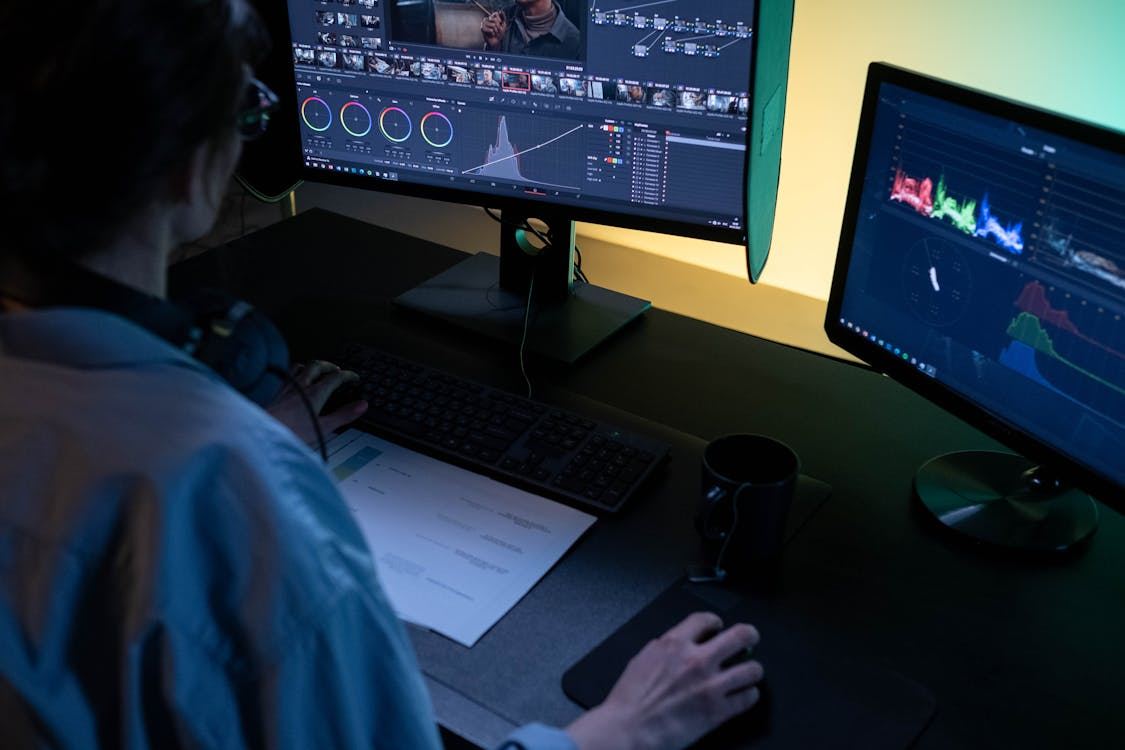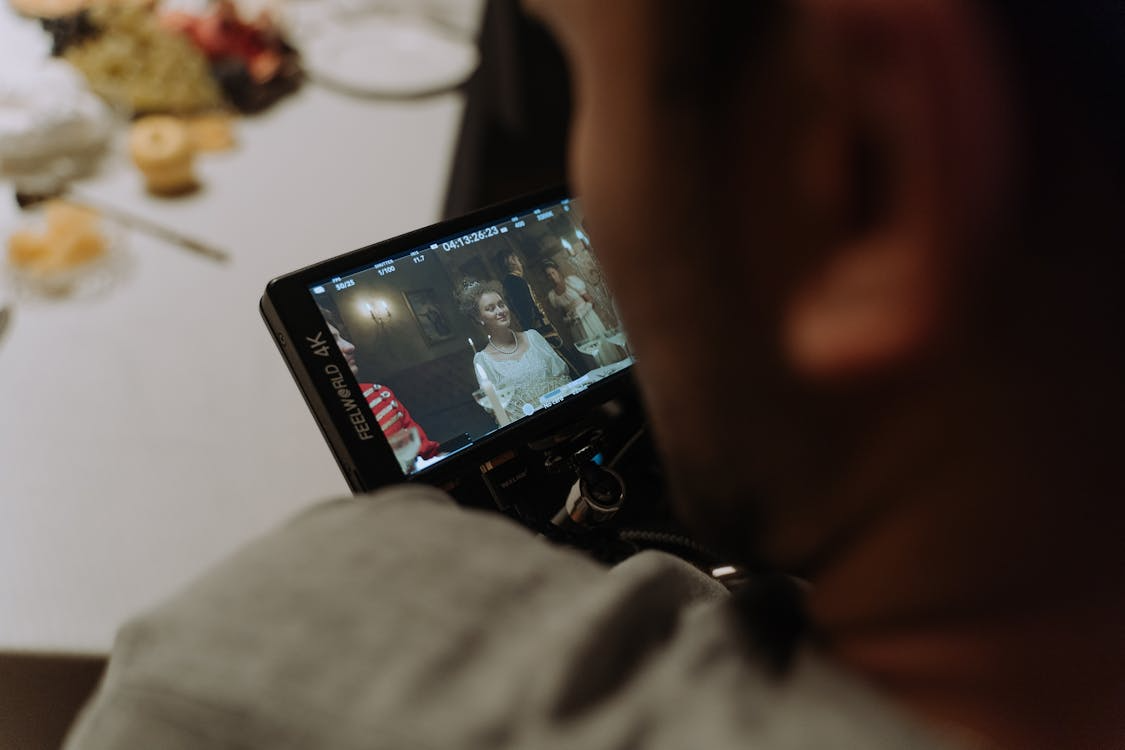You are scrolling through your feed on a crowded subway or during a quiet meeting. A video auto-plays. It looks visually compelling, but you can’t turn the sound on. If text doesn't immediately appear on the screen to tell you what is happening, you scroll past.
That split-second decision represents the vast majority of social media video consumption.
While many creators treat text overlays as an afterthought, they are actually the primary driver of retention. However, there is often confusion regarding the technical format required. Do you need standard subtitles, or do you need Closed Captions (CC)? Understanding the distinction—and the technology behind it—is critical for anyone looking to monetize content across borders.
The ROI of Native Language Video
Before diving into the technical differences, let’s look at why this matters for your bottom line. It is not just about accessibility; it is about conversion psychology.
Consumers are instinctively drawn to content that feels "native" to them. According to industry data on localization consumer habits, videos localized into a user's native language can boost conversion rates by upwards of 70%. Furthermore, CSA Research indicates that 76% of online shoppers prefer to buy products with information in their own language, even if they speak English fluently.
If you are running a global campaign without localized subtitles, you aren't just missing engagement; you are actively leaving revenue on the table.
Subtitles vs. Closed Captions: What’s the Difference?
While the terms are often used interchangeably in casual conversation, professional video localization services distinguish them sharply. Choosing the wrong one can alienate your audience or violate accessibility standards.
1. Subtitles (For Translation)
Target Audience: Viewers who can hear but do not understand the language spoken in the video.
Function: Subtitles assume the viewer hears the audio (music, sound effects) but needs help with the dialogue.
Use Case: A French cosmetic brand marketing to a Japanese audience on Instagram. The Japanese text appears only when someone speaks.
2. Closed Captions (For Accessibility)
Target Audience: Viewers who are Deaf, hard of hearing, or watching with the sound off.
Function: CC includes dialogue plus essential non-speech information. You will see tags like
[upbeat music plays],[door slams], or[sighs].Use Case: A TikTok skit or a corporate webinar where the sound effects provide crucial context to the joke or lesson.
The Social Media Hybrid: On platforms like Facebook and LinkedIn, where 85% of videos are watched without sound, Closed Captions are generally the superior choice because they provide a complete narrative experience without audio.
The Technical Stack: Formats and Workflows
Professional subtitling isn't just typing words onto a screen; it is a technical workflow involving time-codes, frame rates, and file compatibility. Here is what you need to know to ensure your content performs technically.
The "Sidecar" Files (SRT, VTT)
This is a separate text file uploaded alongside your video.
SRT (SubRip Subtitle): The industry standard. It contains the sequence number, start/end time codes (down to the millisecond), and the text.
The SEO Benefit: This is crucial for Google SEO. Search engines cannot watch a video, but they can crawl an SRT file. Uploading an SRT file tells the algorithm exactly what your video is about, drastically improving your discoverability.
Burned-in Captions (Open Captions)
This process involves "burning" the text directly into the video pixels during the rendering phase.
The Visual Benefit: You have 100% control over the font, color, and brand styling. The text will look identical on an iPhone, a desktop, or a TV.
The Limitation: You cannot turn them off, and search engines cannot read them (unless you also upload a transcript).
Strategy: For short-form content (Reels, TikTok), burned-in captions are preferred for visual impact. For long-form (YouTube), sidecar files are better for SEO and user control.
Time-Code Synchronization
This is the hallmark of professional quality. "Drift" occurs when subtitles appear 0.5 seconds too early or too late. While it sounds minor, it breaks the viewer's immersion and causes cognitive dissonance. Professional editors use frame-accurate synchronization to ensure the text hits exactly when the audio wave peaks.
Why AI Isn't Enough: The Human-in-the-Loop Requirement
Generative AI has made transcription faster, but it struggles with nuance, slang, and cultural context. An AI might translate a phrase literally, missing the idiom, which can turn a marketing slogan into a PR disaster.
To achieve the "E-E-A-T" standards (Experience, Expertise, Authoritativeness, and Trustworthiness) that Google rewards, your video content must demonstrate accuracy. This requires a human-in-the-loop approach, where native linguists verify the AI's output for cultural relevance and emotional tone.
Partnering for Global Success
Navigating the complexities of SRT files, burned-in visuals, and cultural nuance requires more than just software; it requires a partner with deep linguistic heritage.
Artlangs Translation has spent years refining the art of video localization. With a network covering 230+ languages, Artlangs goes beyond simple translation. They specialize in the high-stakes nuances of short drama subtitles, video game localization, and multilingual dubbing for audiobooks.
What sets Artlangs apart is their comprehensive ecosystem. Whether it is handling massive datasets for multilingual data annotation to train AI models, or providing frame-perfect transcription services, they bring a depth of experience that ensures your content isn't just translated—it's adapted. Their track record includes numerous successful cases in the booming "short drama" market, where pacing and cultural wit are everything.
If you are looking to scale your video content globally without sacrificing quality, Artlangs Translation offers the technical expertise and linguistic authority to turn your viewers into customers.











